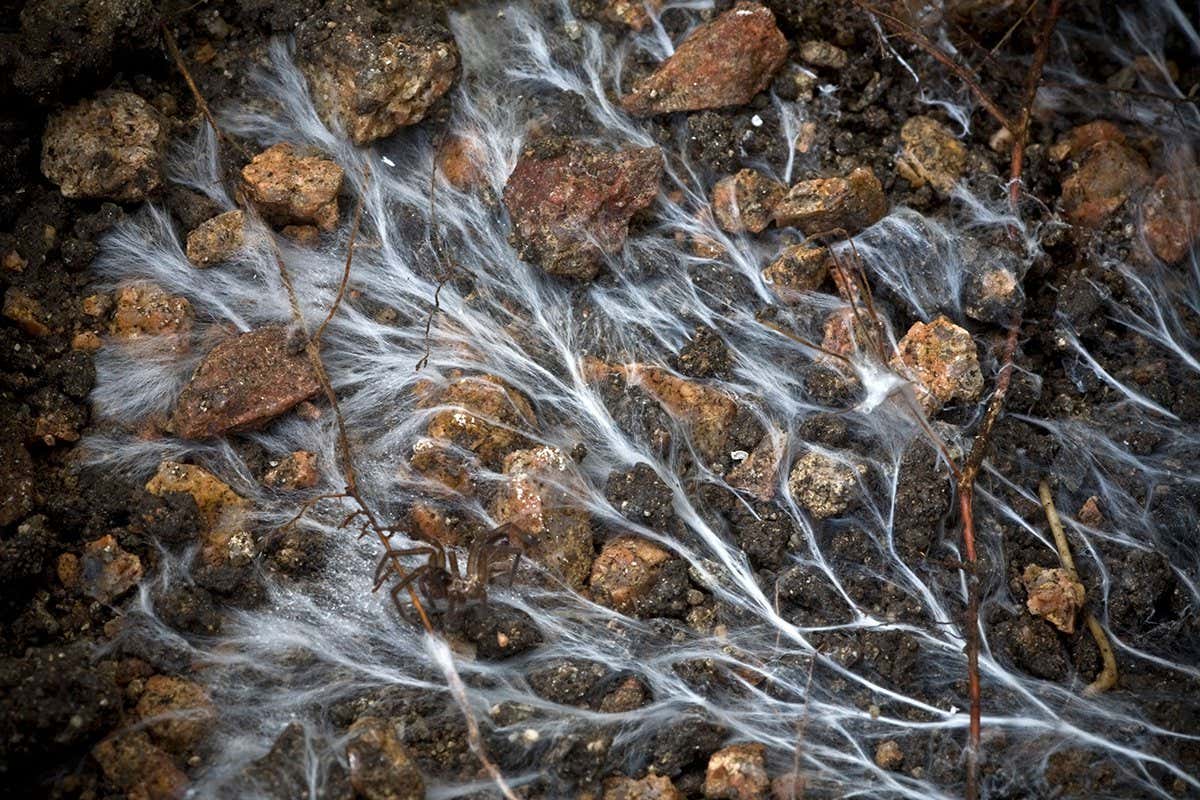Trees, Fungi, & Carbon: A Symbiotic Solution to Climate Change?
The fight against climate change requires innovative solutions, and a closer look at the often-overlooked relationship between trees, fungi, and carbon sequestration might just hold a key. This symbiotic partnership plays a crucial role in the planet's carbon cycle, and understanding its intricacies could lead to breakthroughs in carbon capture and storage.
The Underground Network: Mycorrhizal Fungi
Beneath our feet lies a vast, intricate network of mycorrhizal fungi. These fungi form symbiotic relationships with the roots of most trees, creating a mutually beneficial exchange. The fungi extend their hyphae (thread-like structures) far beyond the reach of tree roots, significantly increasing the surface area for nutrient and water uptake. In return, the trees provide the fungi with carbohydrates produced through photosynthesis.
This seemingly simple exchange has profound implications for carbon sequestration. The fungal network acts as a highly efficient transportation system, moving carbon from the trees into the soil. This carbon is stored in stable organic forms, effectively removing it from the atmosphere and mitigating climate change.
Beyond Carbon Storage: Soil Health & Ecosystem Resilience
The benefits of this symbiotic relationship extend beyond carbon sequestration. The enhanced nutrient cycling facilitated by mycorrhizal fungi improves soil health, leading to:
- Increased water retention: Healthier soils retain more water, crucial in combating drought conditions.
- Improved soil structure: The fungal hyphae bind soil particles together, improving soil stability and reducing erosion.
- Enhanced plant growth: The increased nutrient availability promotes healthier plant growth, contributing to a more resilient ecosystem.
- Reduced need for fertilizers: The natural nutrient cycling reduces the reliance on synthetic fertilizers, minimizing environmental impact.
Harnessing the Power of Nature: Research & Applications
Scientists are actively researching ways to leverage the power of this natural carbon capture system. This includes:
- Understanding fungal diversity: Identifying and characterizing different mycorrhizal fungi species to understand their varying roles in carbon sequestration.
- Forest management practices: Implementing sustainable forestry practices that promote the growth and diversity of mycorrhizal fungi. This could involve reducing soil disturbance and promoting the use of diverse tree species.
- Mycorrhizal inoculation: Introducing beneficial mycorrhizal fungi to degraded soils to enhance carbon sequestration and ecosystem restoration. This is particularly relevant in reforestation efforts.
- Biochar applications: Incorporating biochar, a charcoal-like material produced from biomass pyrolysis, into soils can enhance carbon storage and improve soil properties for fungal growth.
The Future of Carbon Capture:
While the potential of mycorrhizal fungi in mitigating climate change is significant, further research is crucial. A deeper understanding of the complex interactions within this symbiotic relationship will unlock innovative strategies for carbon capture and storage. By harnessing the power of nature's intricate networks, we can pave the way towards a more sustainable future.
Call to Action:
Learn more about the vital role of mycorrhizal fungi and support organizations working on research and restoration efforts. Small changes in our individual actions can have a large collective impact on protecting and nurturing these essential components of a healthy planet. Consider supporting reforestation projects or engaging in sustainable land management practices in your own community. The future of our planet depends on understanding and respecting the intricate web of life that sustains us.

